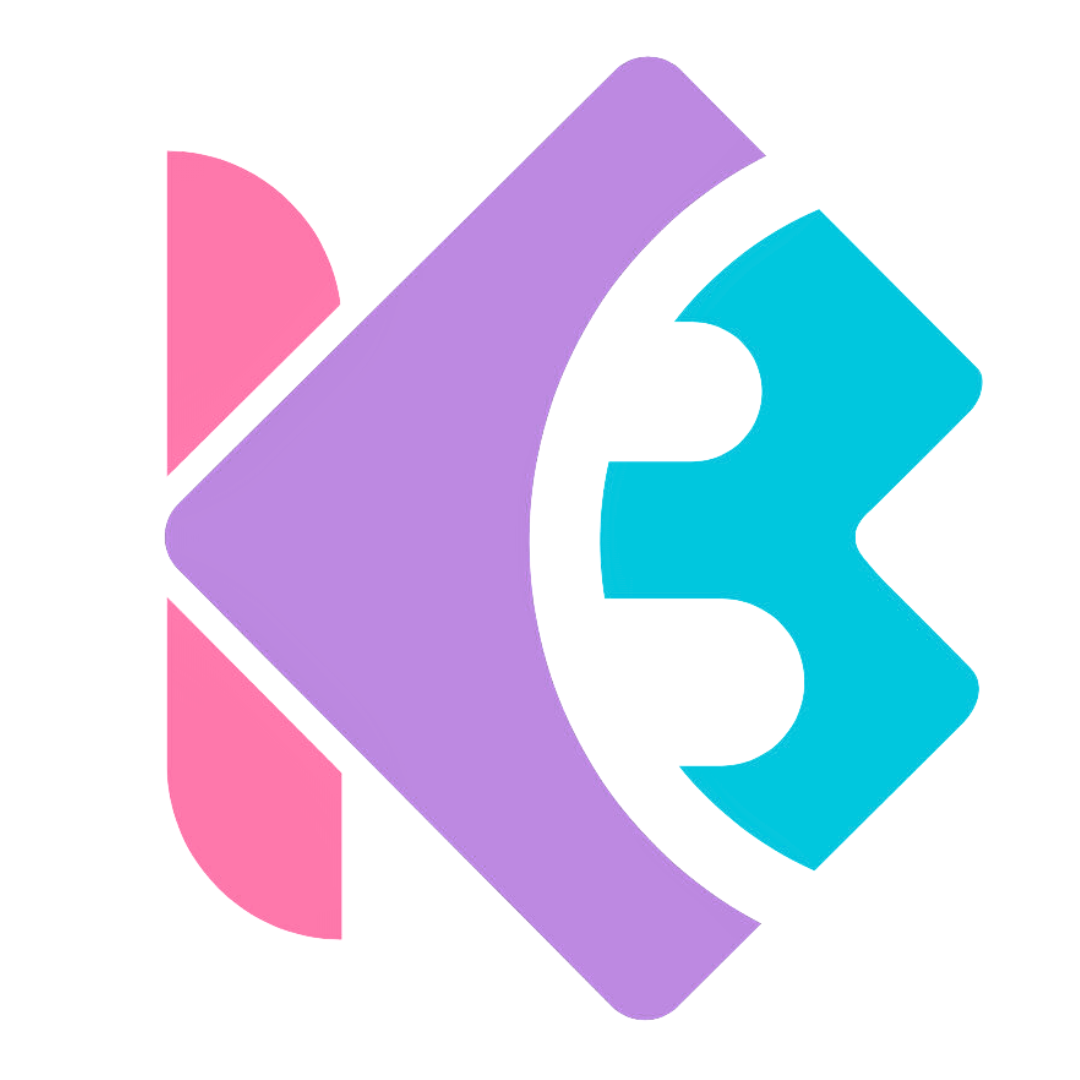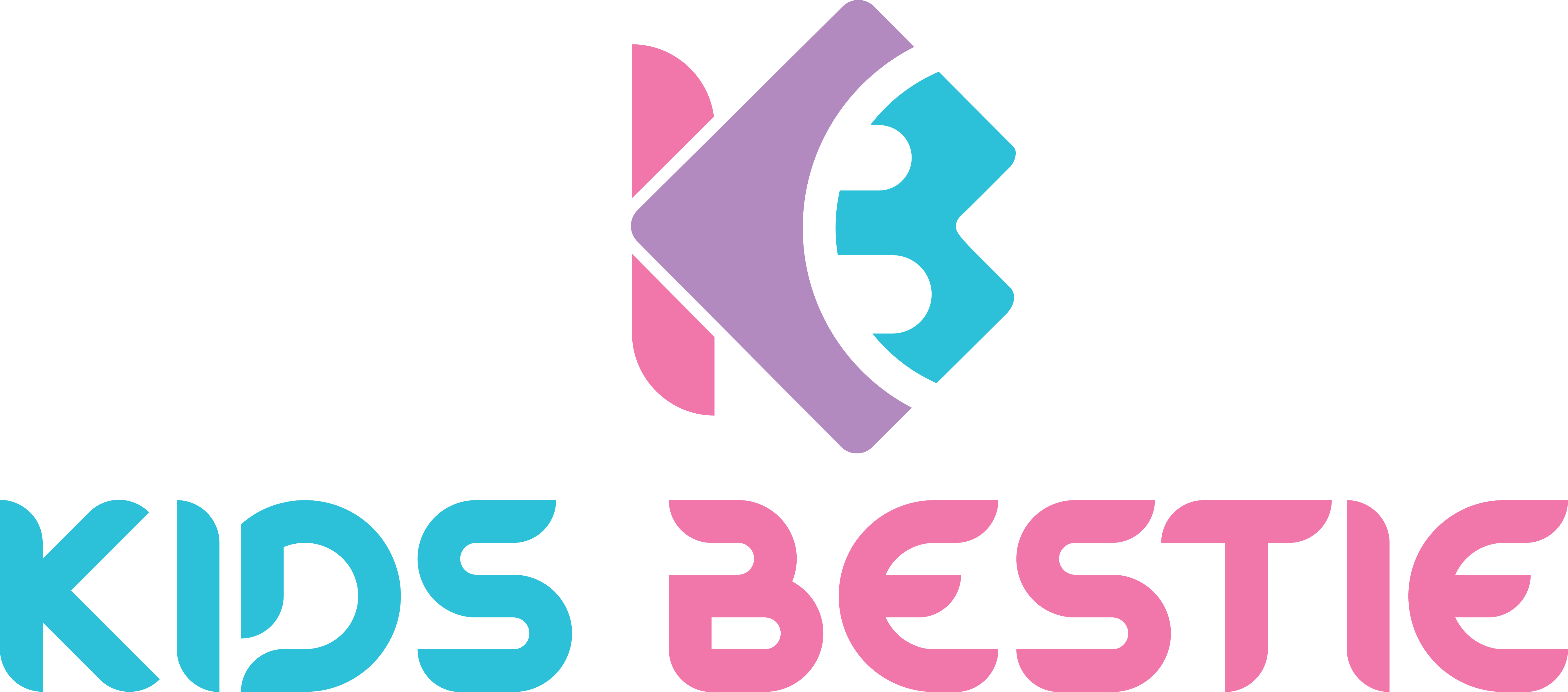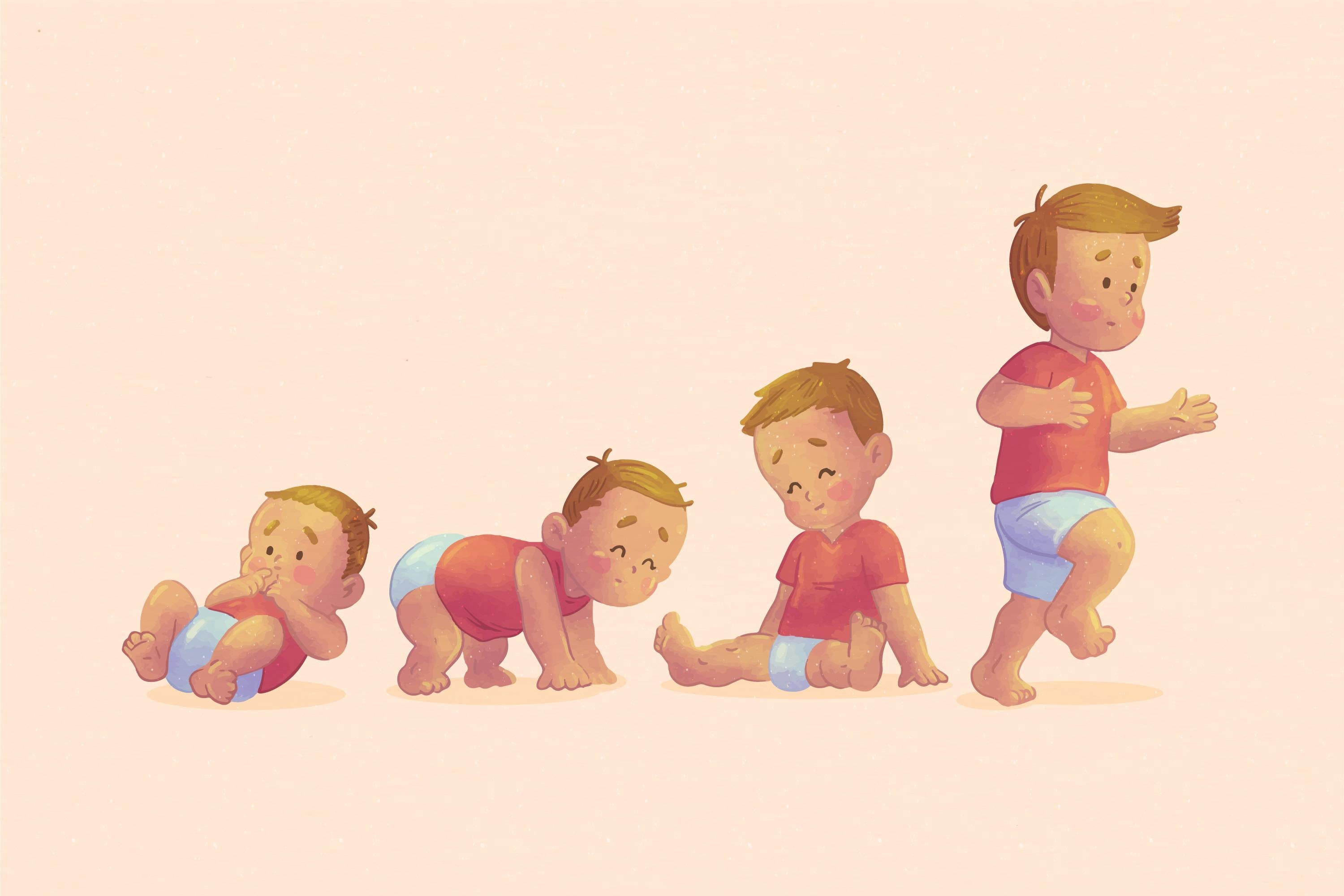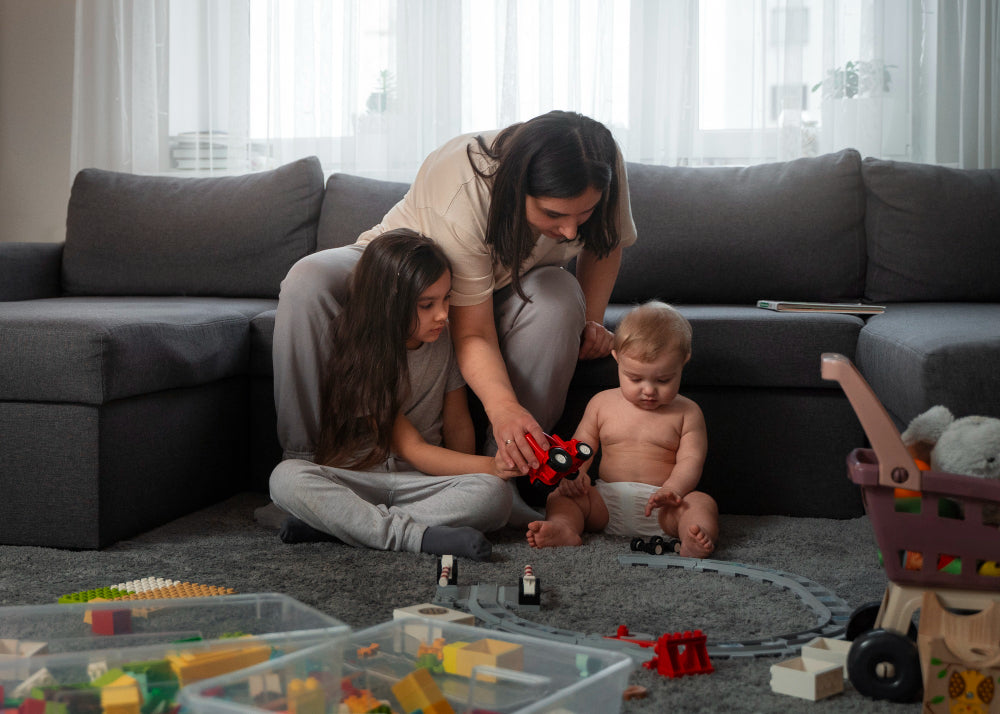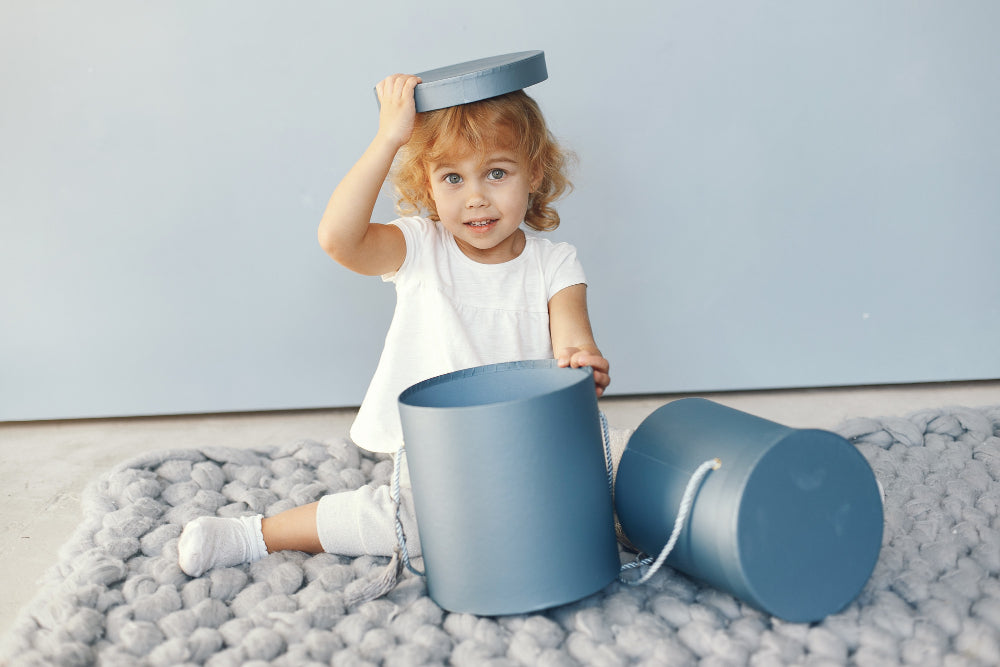
Affordable & DIY Toys for 0–6 Month Infants That Work Better Than Store-Bought
Kids Bestie offers thoughtfully designed DIY toys that focus on developmental needs without overwhelming features—the kind of toys that actually get used instead of collecting dust.
Last month, my neighbour spent ₹3,500 on a fancy sensory gym for her three-month-old. Two weeks later? The baby was more interested in a crinkly dupatta and an empty plastic bottle. Sound familiar?
Here's something most parents don't realize: babies under six months don't need expensive toys. Their brains are wired to explore textures, sounds, and contrasts—things you already have lying around your home.
I've watched dozens of infants (including my niece) get bored with ₹2,000 rattles but stay mesmerized by a simple cotton cloth tied with bells. That's when it hit me: we're overthinking this whole toy thing.
Why Homemade Toys Actually Win for Young Babies
Commercial toys look great on Instagram. But here's what they don't tell you in those glossy ads—newborns can't process bright neon colors or complicated features yet.
Between 0-6 months, babies need three things: high contrast visuals, different textures to mouth, and sounds that aren't too jarring. That's it. You don't need battery-operated gizmos that play 47 different tunes.
Homemade toys let you control what goes near your baby's mouth (because let's be real, everything ends up there). You know exactly what materials you're using. No weird chemical smells, no small parts that might break off, no wondering if that paint is actually baby-safe despite the label.
Plus, making toys yourself costs almost nothing. The money you save can go toward things that actually matter—like those endless diaper expenses or a better baby carrier.
Five DIY Toys That Beat Store-Bought Options Every Time
The Contrast Card Stack
Cut out cardboard pieces (around 6x6 inches) and paint them in bold black and white patterns. Zigzags, circles, checkerboards—keep it simple. Newborns see high contrast better than anything else.
Stand these up during tummy time or tape them to the side of the crib. I've seen babies stare at these for 10-15 minutes straight, which is basically an eternity in infant time.
Store-bought contrast cards? Usually ₹600-800 for a set. Your version? Under ₹50 if you're buying supplies, free if you use old boxes and leftover paint.
The Sensory Bottle
Grab a small plastic bottle (the kind coconut oil comes in works perfectly). Fill it halfway with rice, add a few small bells or dried beans, and seal it tightly with strong glue.
Shake it near your baby's ears during playtime. The sound isn't too loud, and older infants can try holding it themselves around five months.
Those fancy sensory shakers in stores cost ₹400-600 each. Yours? Maybe ₹20 if you're buying the bells. Otherwise, it's completely free.
The Fabric Tag Blanket
This one's gold. Take a small square of soft cotton cloth (old dupattas work amazingly). On each edge, tie different textured ribbons, cloth strips, or even safe fabric tags.
Babies love grabbing and chewing on tags. It's weird but universal. This gives them multiple textures to explore, and you can tie it to a stroller or play gym.
Store versions sell for ₹800-1,200. Your cost? Zero, if you're repurposing old clothes.
The Water Mat (For 3+ Months)
Fill a sturdy ziplock bag with water and add some buttons, small toys, or even flower petals. Seal it properly (double-seal if you're worried), then tape down the edges to the floor.
Let your baby do tummy time on it. The squishing sensation and moving objects inside keep them engaged way longer than a plain mat.
Commercial water mats start at ₹1,500. Yours? ₹10 for the ziplock, if that.
The Kitchen Orchestra
Metal bowls, wooden spoons, steel tumblers—your kitchen is basically a percussion section. For younger babies, just tap them gently nearby so they hear different sounds.

Around five months, you can let them hold a wooden spoon (supervised, obviously) and bang away. It's messy and loud, but babies learn cause-and-effect this way.
Musical toy sets? ₹1,000 minimum. Your kitchen? Already paid for.
What About Buying Smart Instead of Just DIY?
Look, I get it. Sometimes you want to buy something nice, and that's completely okay. Not everything needs to be homemade.
If you're buying toys, look for simple designs with multiple uses. KidsBestie offers thoughtfully designed options that focus on developmental needs without overwhelming features—the kind of toys that actually get used instead of collecting dust.
The key is balance. Mix homemade options with one or two quality purchased toys. Save your money for things babies actually need as they grow, like good teethers around six months or safe floor play mats.
The Real Secret Parents Miss
Your baby doesn't need a playroom that looks like a toy store exploded. They need you—your voice, your face, your hands helping them explore.
That crinkly packet? It's interesting because you're showing it to them. The fabric scraps? They're fun because you're there playing peek-a-boo.
The best "toy" for a 0-6 month old is interaction. Everything else is just a bonus tool to support that connection.
Next time someone tells you that you need to buy some expensive developmental toy system, smile and think about that dupatta. Or the empty bottle. Or the cardboard cards you made while watching TV.
Your baby won't remember whether their toys came from a fancy store or your kitchen drawer. But they'll absolutely thrive on the time you spend playing with them, regardless of what's in their hands.
And honestly? That's the only thing worth spending on.
